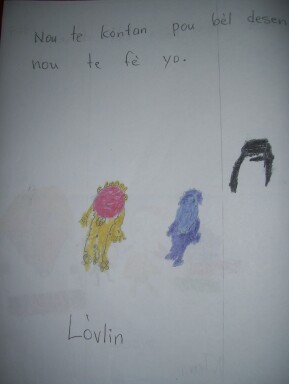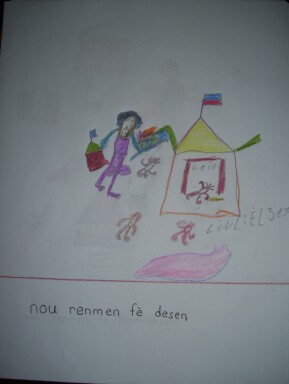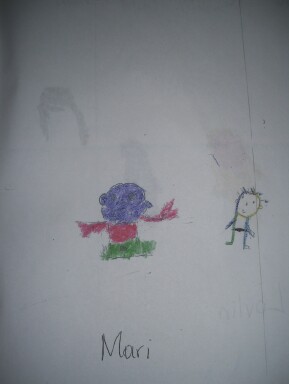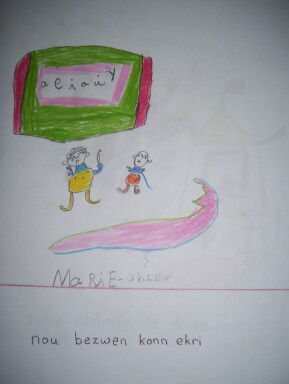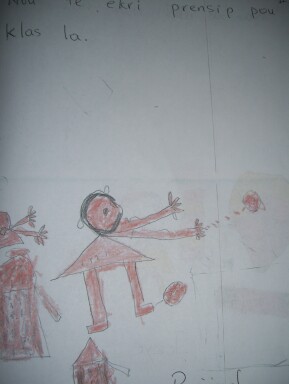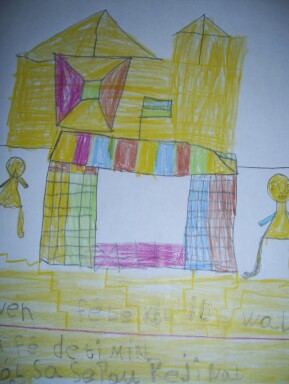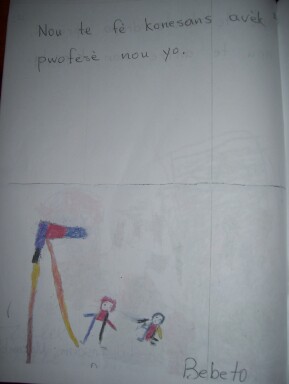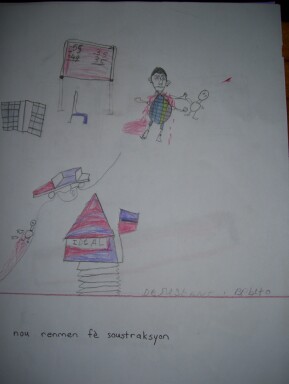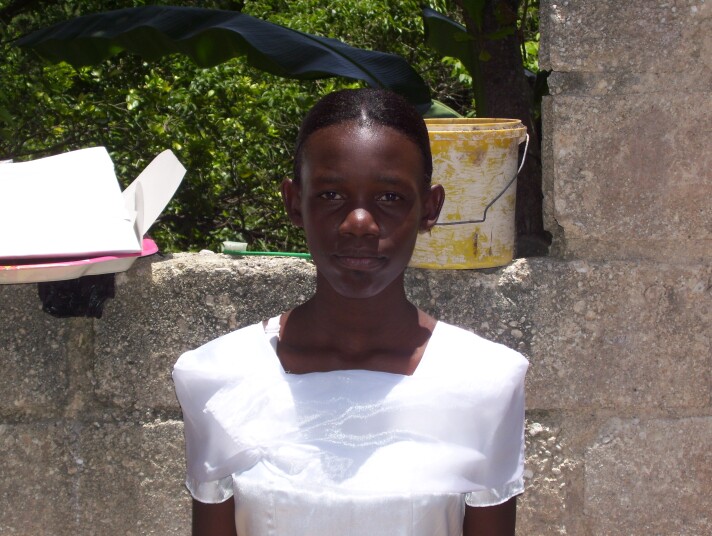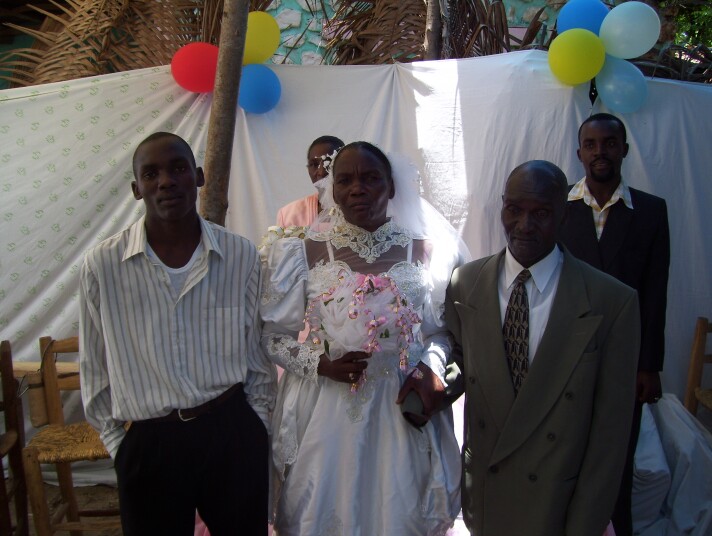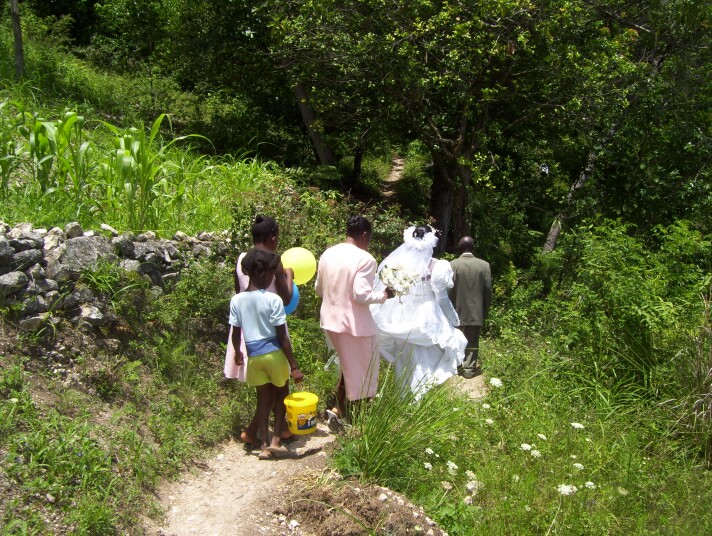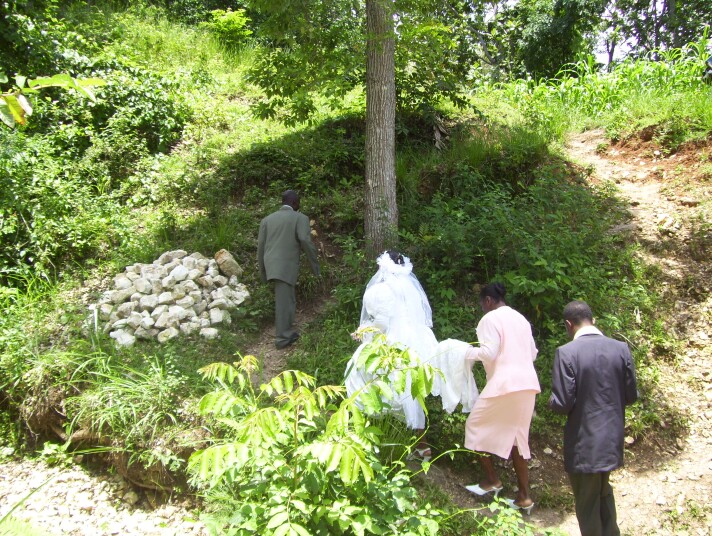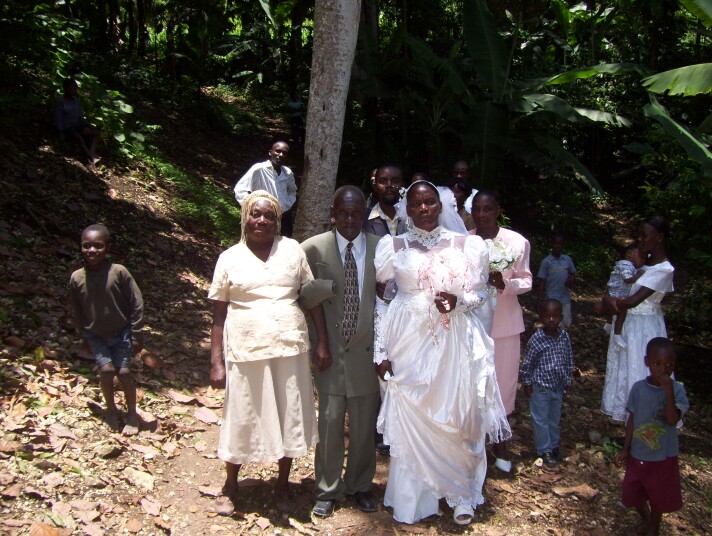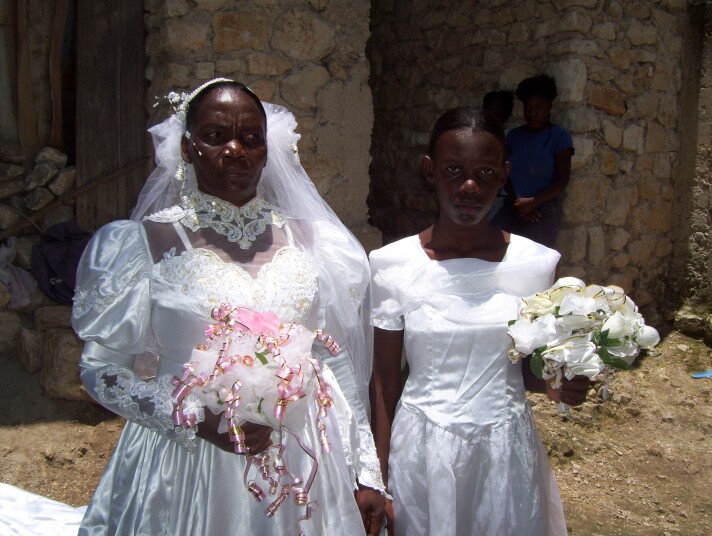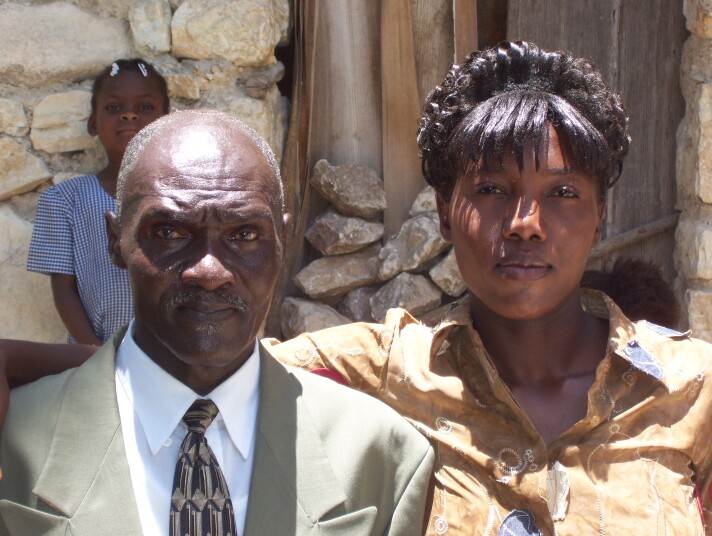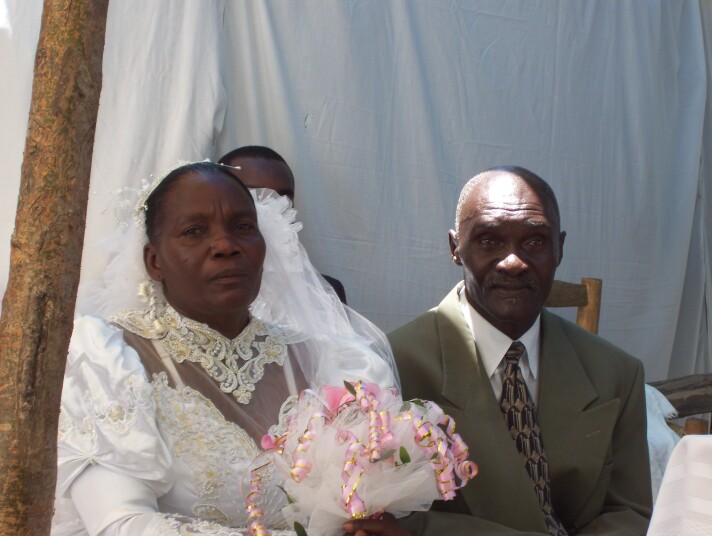Haitians are terrible with money. I mean this in the most literal, least interesting sense.
It’s not that they are especially worse than others are at managing their money. Or at least I should admit that I’m unqualified to make that judgment. Fonkoze might have years of experience of market women who have too little control of their income and expenses to know even whether they are making or losing money, but in a country in which over 50% of the population is somehow living, and not simply dying, on less than $1 per day, it would be rash to assert that people don’t know how to deploy their very limited resources.
When I say that Haitians are bad with money, I mean only that they badly mistreat the bills they use to buy and sell. Wallets are not in common usage. People are much more likely to shove money into their pockets or bags in any old way. The bills get crumpled and twisted. They end up getting terribly worn.
As I began the training I would need to become one of Fonkoze’s branch managers, I learned who pays the price. At the end of my first day, I was counting the money that was to go into the safe, making sure that the cash matched the transaction record, and I was having a terrible time. Not only were the worn and torn bills insistently sticking to each other, but they were spewing a moldy dust that was making me sneeze and wheeze.
Watching me counting, miscounting, and recounting piles of crumpled bills turned Thomas nostalgic. Thomas is the manager of Fonkoze’s office in Lenbe, home to its Active Learning Center. It’s where I did my first bit of training.
His start in banking was as a teller in a commercial bank, and he remembers the training he received. Each trainee was handed a couple of packets of bills, and they had to count them over and over again in whatever regular or syncopated rhythms that their trainer would call out – one-two-three-four, one-two-one-two – until they could handle packets of a hundred bills quickly and accurately. He spent two days doing little else.
Learning to count piles of money will be a challenge, but it will surely be the least of my problems. My friend Dr. Job has already promised to give me a couple of surgical masks so I can protect my lungs from the moldy dust, and even my fingers are bound to get more nimble eventually.
And though there are a lot of policies and procedures to learn, and some software to master, the part of my work that will essentially be a desk job isn’t what worries me either.
I anticipate two real challenges. One is that I’ll need to develop and strengthen a staff that has been functioning poorly until now. The second is that I will need to get into the field, and help the Marigo credit team improve the branch’s loan portfolio. Success at the second will depend on success at the first.
The loan portfolio at the Marigo office is not in good shape. On one hand, loan delinquency is relatively high. On the other, borrowers leave the program too quickly.
Each is a serious problem because each interferes directly with Fonkoze’s core objective, which is to help Haitian families lift themselves out of poverty. Real progress for the families of Fonkoze borrowers is a long process. It probably takes five years at least for even a moderately poor family to establish a stable and sufficient livelihood using Fonkoze loans. Slow repayment can only make that journey longer. And stepping out of the credit program is, for most borrowers, a dead end.
But these problems don’t just interfere with the institution’s effectiveness. They threaten its existence as well. Though Fonkoze was not established to make piles of money for investors, its profitability is important as a sustainability strategy. Profitability is not, for Fonkoze, and end in itself, but is an important means to an end. Unless its branches can generate the income they need to support themselves, their operations will always be at the mercy of our luck with donors. And few donors will want to give money to a cause that has no hope of ever carrying its own weight.
And for most Fonkoze branch offices, especially those that are, like the Marigo office, outside of Haiti’s major cities, profitability depends almost entirely on the income from loans. Since initial expenses with new borrowers mean that Fonkoze does not break even until a borrower’s third loan, high borrower turnover makes lending a losing proposition.
The only way for me to address these issues is for me to invest almost all my time into working directly with the credit agents who’ve been making Marigo’s non-performing loans and the borrowers who are saddled with them. We need to work together to figure out why the system isn’t working for them what we can do to repair whatever damage has been done so that we can move forward. At the same time, I will need to pay close attention to new loans that the office makes to ensure that they have the best possible chance of helping the borrowers who take them and, therefore, Fonkoze itself.
This will mean getting onto the back of a motorcycle almost every day to accompany a credit agent into the field. The Marigo office serves a broad and varied swath of the Haitian southeast, from the mountains that rise into one of Haiti’s surviving pine forests above Seguin to the coastal city of Belle Anse, halfway between Jacmel and the Dominican border, and much of its territory was ravaged by the hurricanes that hit Haiti last year.
And it will mean convincing credit agents and the borrowers they work with of the merits of doing things the right way. Credit agents and borrowers alike need to commit themselves to build lively and active credit centers by participating in regular meetings, discussing relevant issues vigorously and openly, and addressing problems together. They need to pay close attention to loan sizes, ensuring that loans match the real capacity of a borrower’s business, rather than her ambition and the maximums established by Fonkoze.
It also means making sure that everyone involved has a sober understanding of the state of things for Fonkoze in Marigo, a clear sense of the role they’ve played in letting things degenerate as they have and the role they can play in turning things around, and a well-grounded feeling of cautious optimism as to what we can achieve as we move forward together.
These feel like platitudes as I prepare to settle in. Achieving anything will take a level of collaboration with a frustrated team that is daunting for someone still very much a foreigner in this country. Such hope as I can muster is rooted in the encouragement I’ve been getting from the first-rate colleagues I’ve had the chance to work with at Fonkoze over the last four years. It all starts in less than two weeks.
